28 Things You Never Knew About Pumpkins
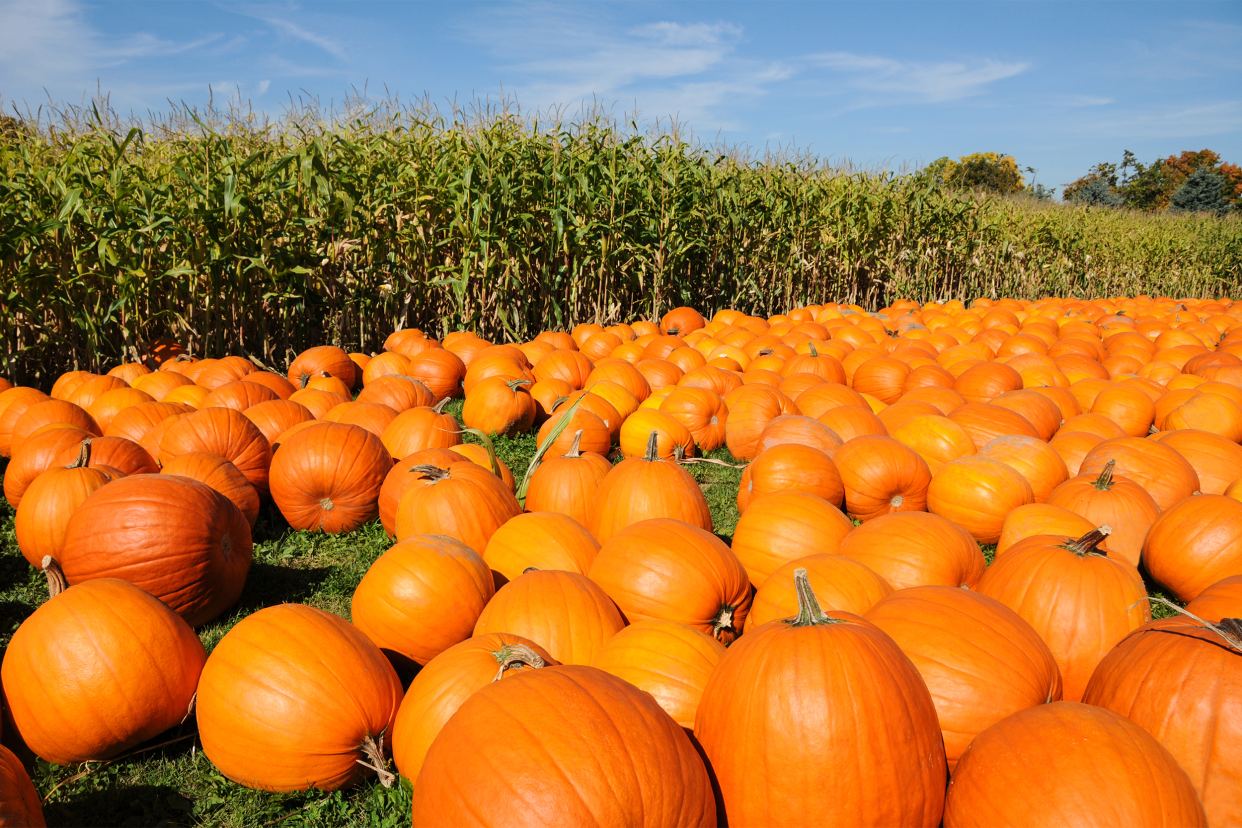
Gourd as Gold
Autumn traditions are back to front and center, and rivaling the popularity of apple picking, football games, and raking leaves — well, maybe more popular than this — is the devotion to all things pumpkin. Join us on a fall-friendly tour through some facts, traditions, and trivia about this fall favorite that you maybe never knew.
Related: Pumpkin Spice-Flavored Products You'll Want to Try — and Which Ones to Skip
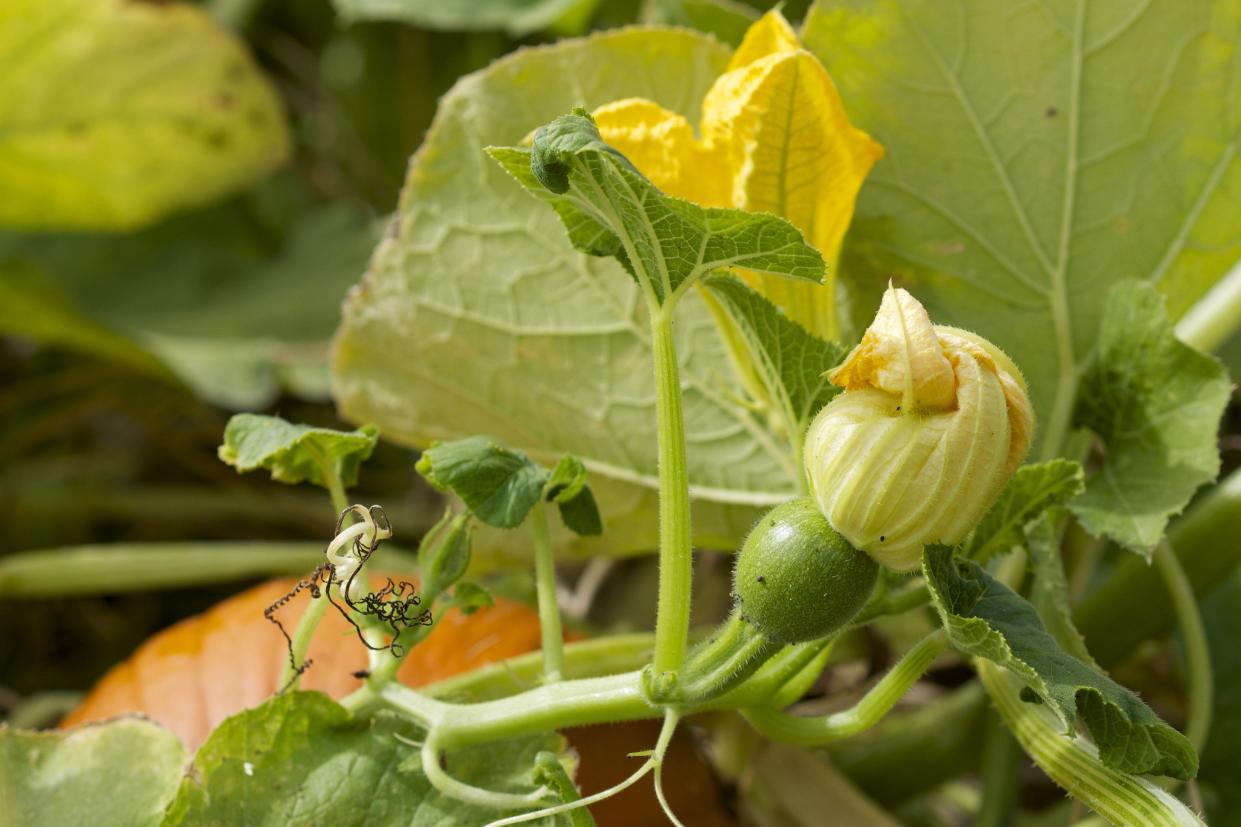
Pumpkins Are Fruits
Though you might think of a pumpkin as a vegetable, but it’s actually a fruit. “A pumpkin is a fruit simply because anything that starts from a flower is botanically a fruit,” Texas A&M AgriLife Today says.
Related: Things to Pick Up at the Grocery Store This Fall
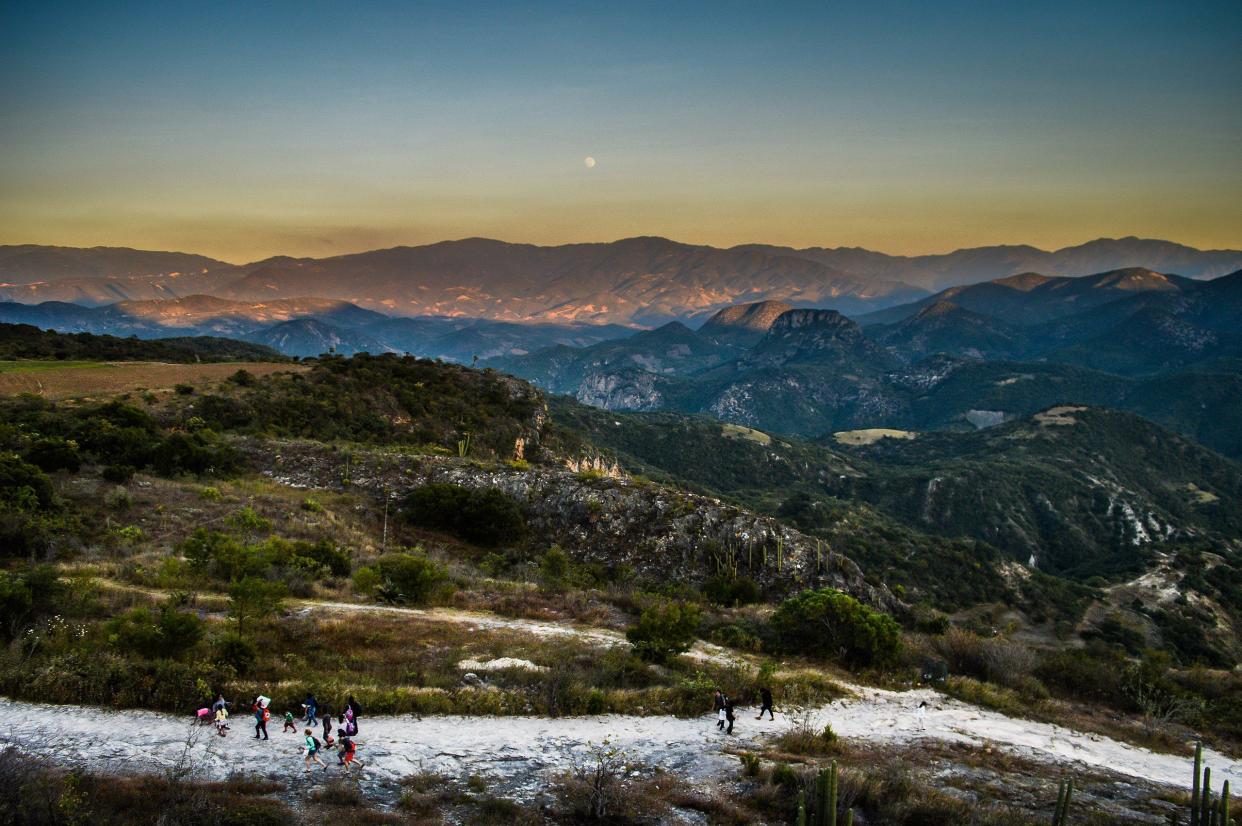
Pumpkins Are Pretty Old
Pumpkins are no newcomers to the agricultural scene. According to the PBS food blog, “The History Kitchen,” archaeologists found the oldest domesticated pumpkin seeds in the Oaxacan highlands of Mexico, originating more than 7,500 years ago in Central America before becoming cultivated across the globe.
Related: What to Do With Pumpkin Guts After Carving

Pumpkin Is Based on a Greek Word
While the pumpkin’s origins are in Central America, its name is based on the Greek word “pepon,” the Farmers’ Almanac says. It translates to “large melon.”
For more fun trivia stories, please sign up for our free newsletters.
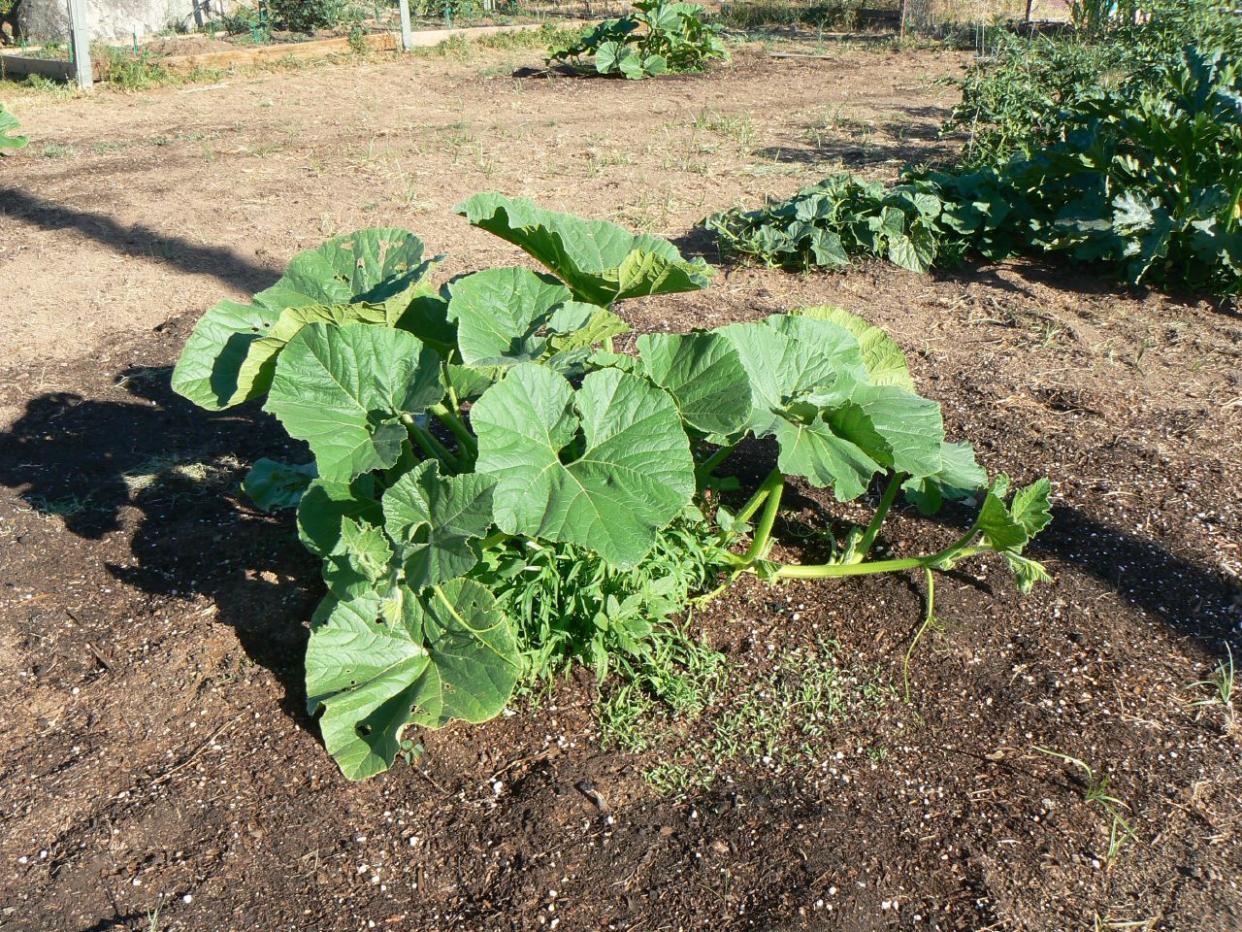
Pumpkins Need Plenty of Space to Grow
The pumpkin plant has been called “a garden gorilla” by HGTV because it’s such a large plant and needs quite a bit of space to grow. Pumpkin plants grow as a vine, sometimes reaching a length of 20 to 30 feet in a growing season.
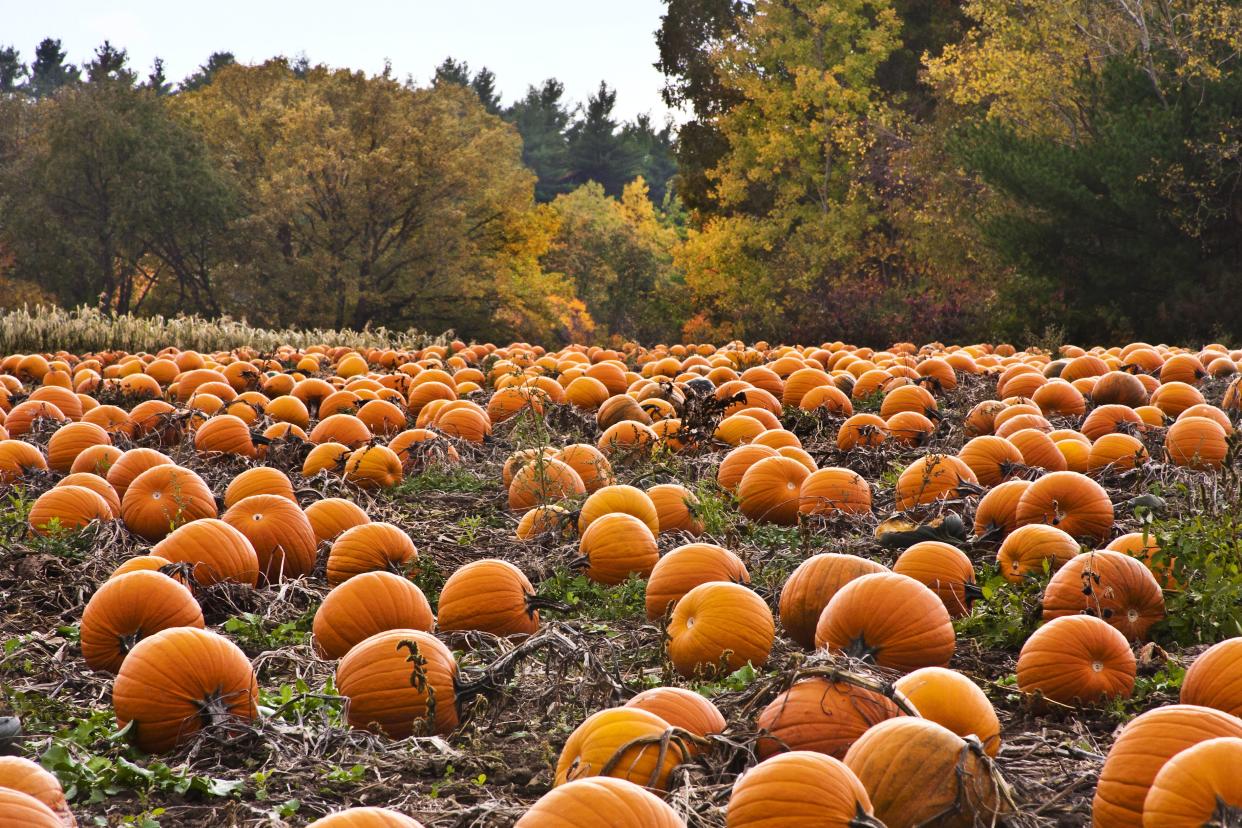
Pumpkins Are a Traditional Fall Harvest
Traditionally, pumpkins are planted to be ready to shine come autumn. Generally, they take 90 to 120 days to mature after seeds are planted “depending on the variety,” the Texas-based Sustainable Food Center says “Pumpkins are ripe when they are fully colored and have a hard rind and woody stem.”
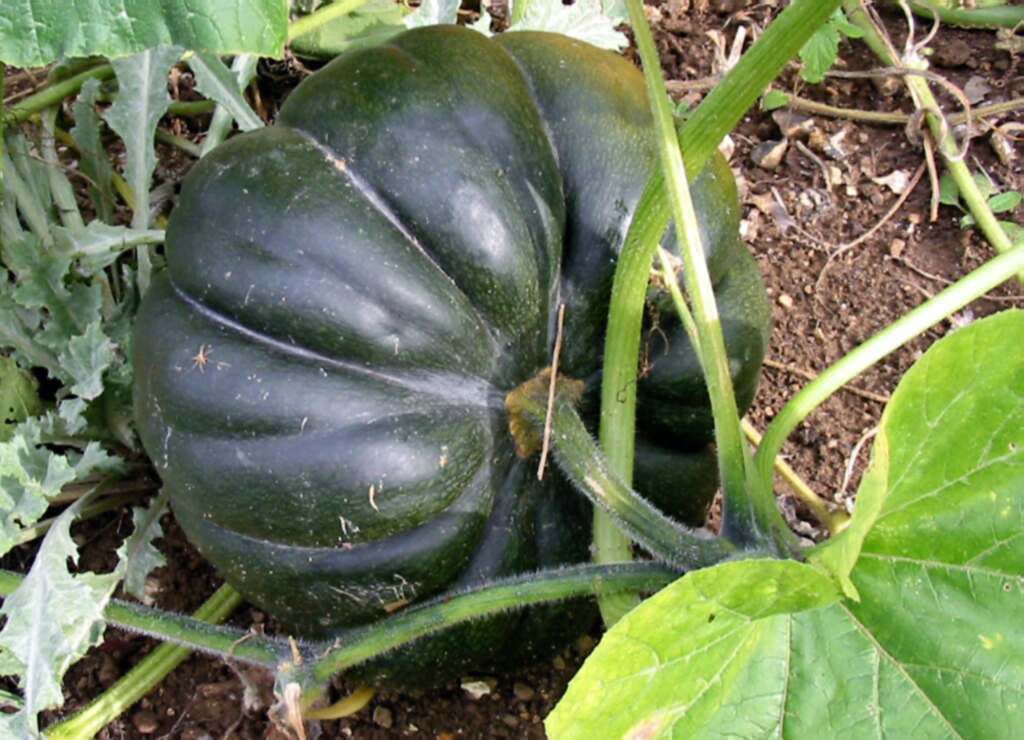
Pumpkins Are Diverse
All pumpkins are not the same. “There are four main types of pumpkins: Pepo, Moschata, Maxima, and Mixta,” Evergreen Seeds says. There may be as many as 150 species of pumpkin plants, with “many hundreds of varieties” among countless shapes, colors, and sizes.
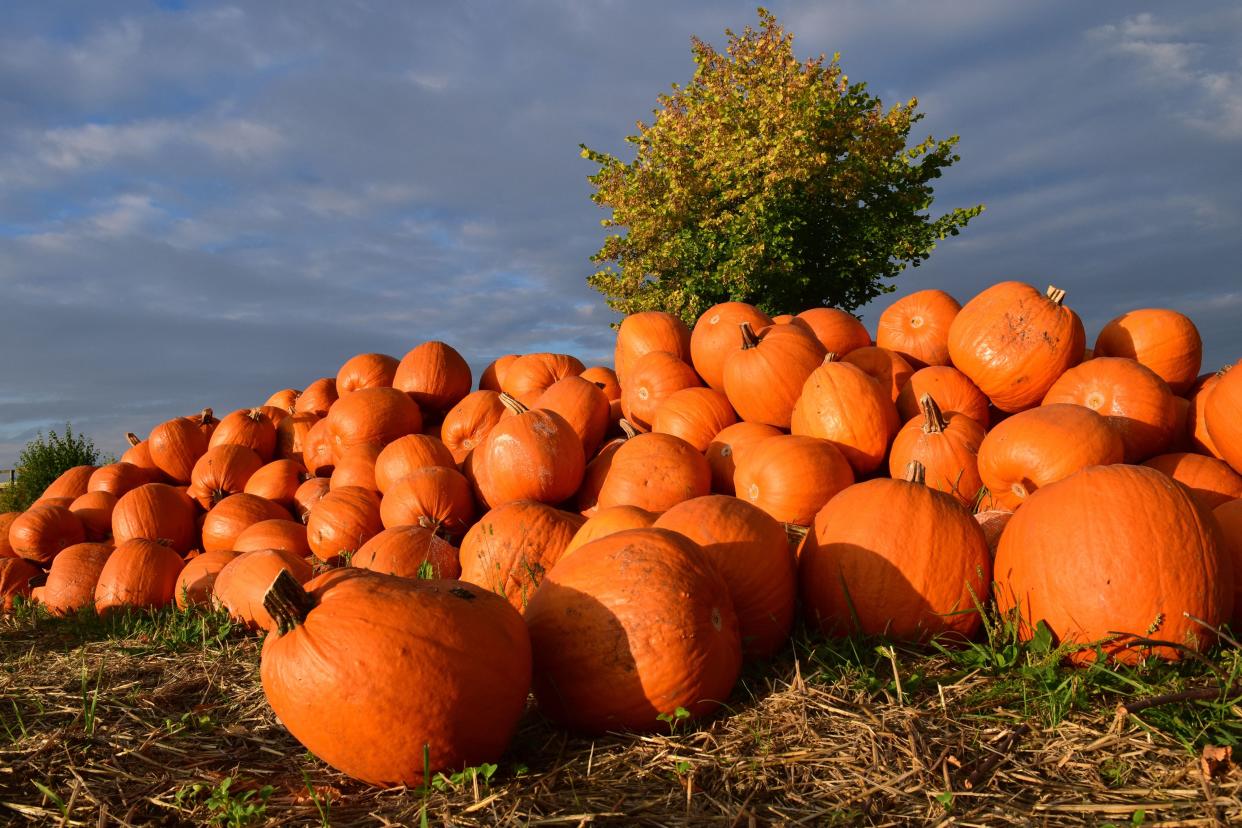
Pumpkin Stats Abound
Every state in the country produces pumpkins, though the U.S. Department of Agriculture reports that six states are responsible for the bulk of the nation’s crop; leading the way is Illinois, which in 2020 “increased its acreage and leading position, harvesting more than twice as many pumpkin acres as any of the other top states.” The United States grew more than 1.5 billion pounds of usable pumpkins, with more than 2 billion produced overall, making U.S. annual per capita use of pumpkin 6.44 pounds per person in 2020, The Agricultural Marketing Resource Center says.
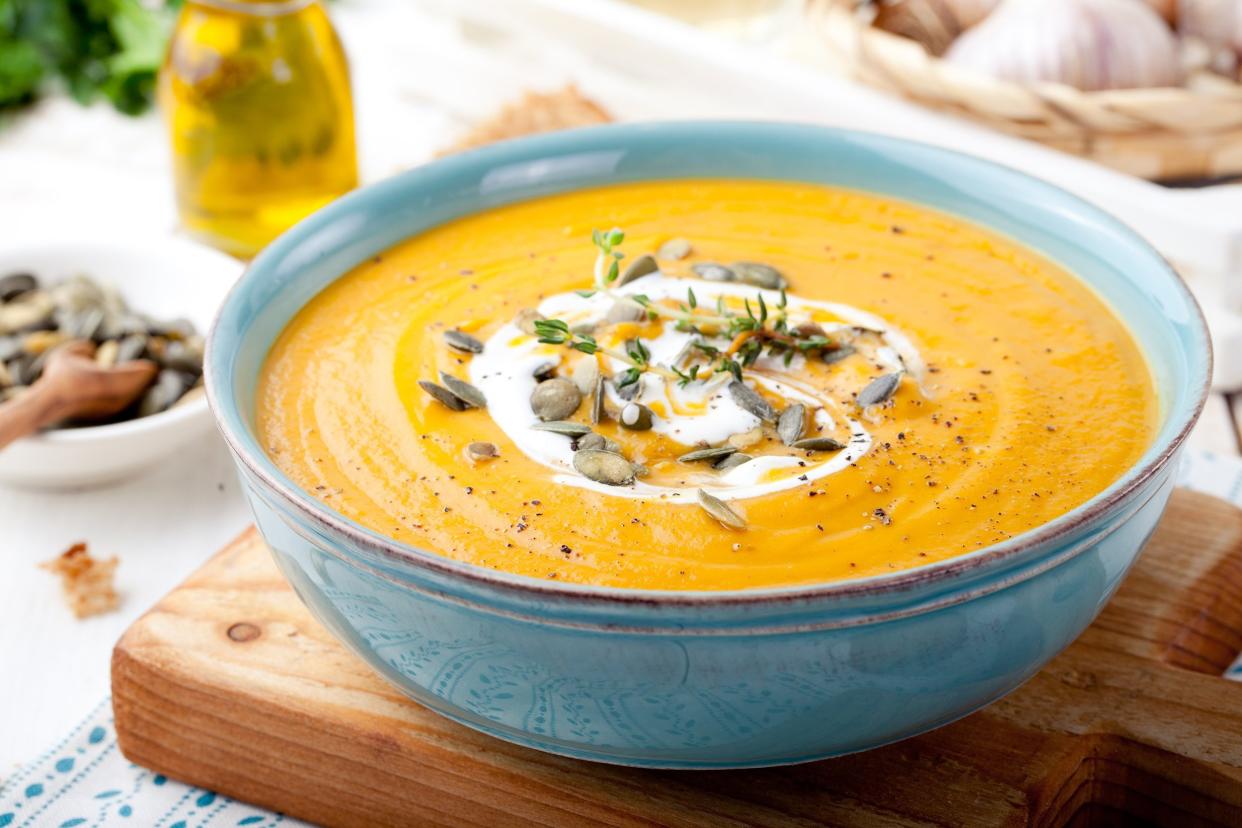
Pumpkins Are Quite Healthy to Eat
Many people think of pumpkin pie or pumpkin-spiced latte as decadent treats, but pumpkin itself is a healthy choice. “Pumpkins of almost any variety have flesh high in fiber and beta carotene. Their seeds, delicious when toasted or baked, can be rich in potassium and protein,” says NPR’s food blog, “The Salt.” The Agricultural Marketing Resource Center emphasizes that pumpkin is a nutrient-dense crop, with a single cup of cooked pumpkin providing more than 200% of the recommended daily intake of vitamin A; 20% of the recommended vitamin C; and more potassium than a banana.
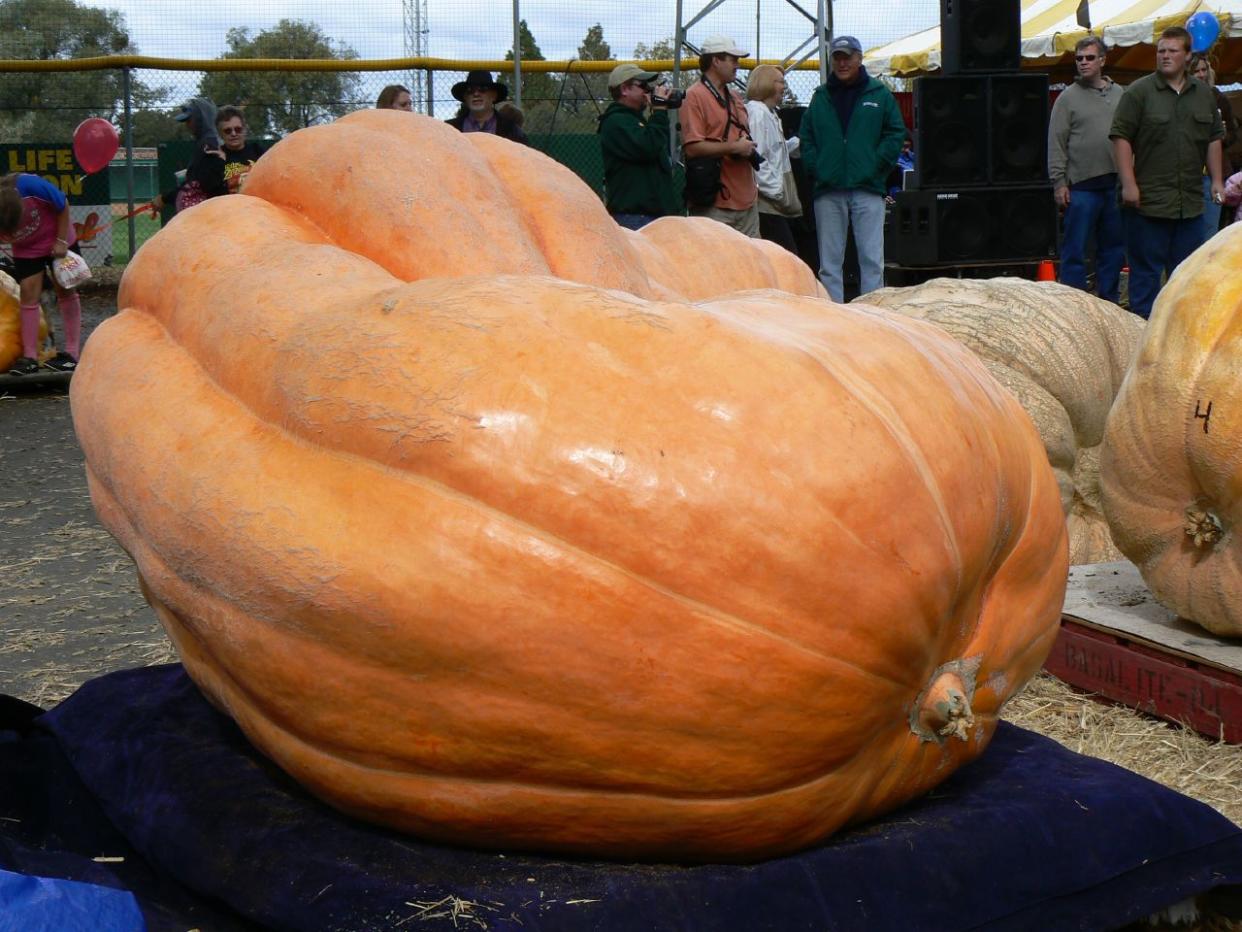
Pumpkins Can Grow Incredibly Large
You think it’s hard to pick up the pumpkin you’re going to carve? Imagine the one grown this year by Travis Gienger of Anoka, Minnesota, that weighed a world-record-setting 2,749 pounds.
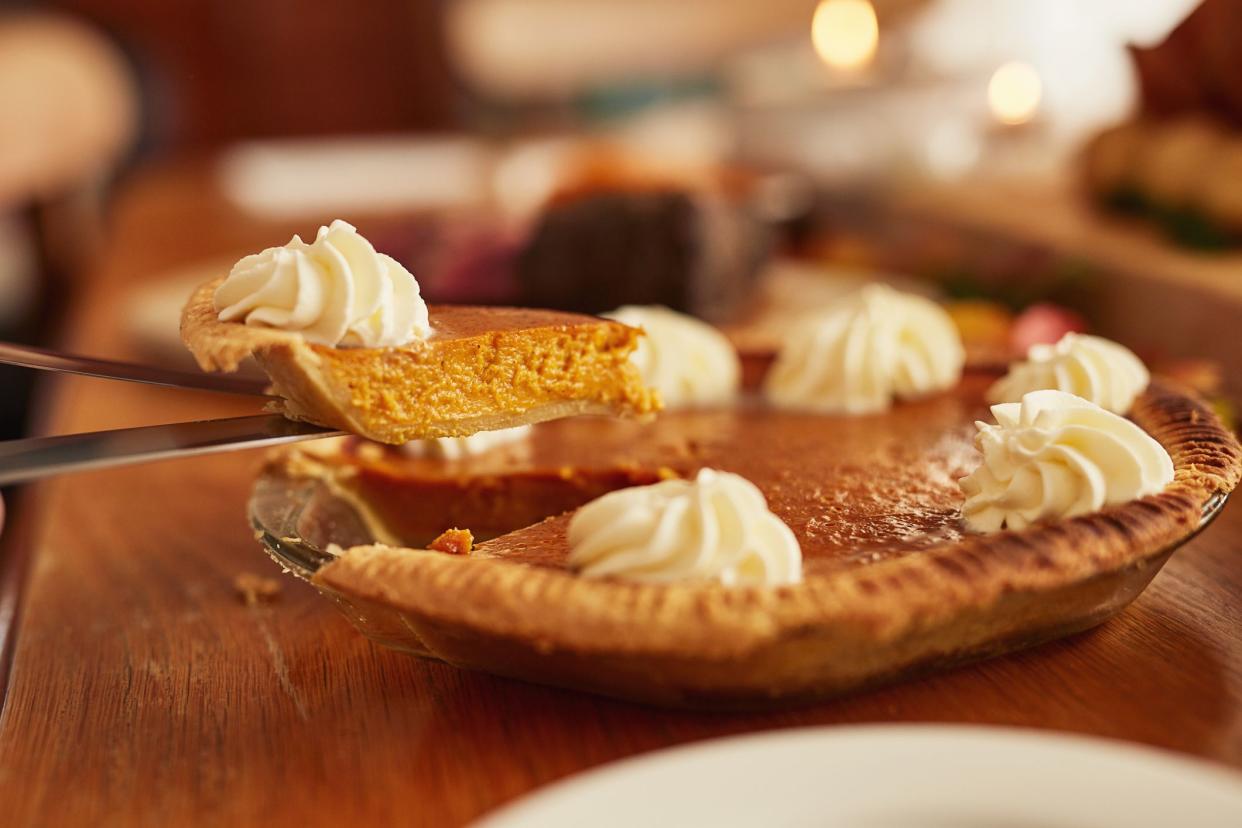
Pumpkins Were Brought to Europe
The earliest explorers of the New World brought pumpkins back to Europe, notes the “Dining In” feature of WGBH Boston: “Around the mid-1500s, pumpkins were cultivated in England (pumpions), and France (pompons). Because medieval England had already been making ‘pyes,’ or pastries, with both sweet and savory fillings for hundreds of years, pumpkin soon became a pie filling, and pumpkin pie made its debut in an English cookbook, in 1675.”
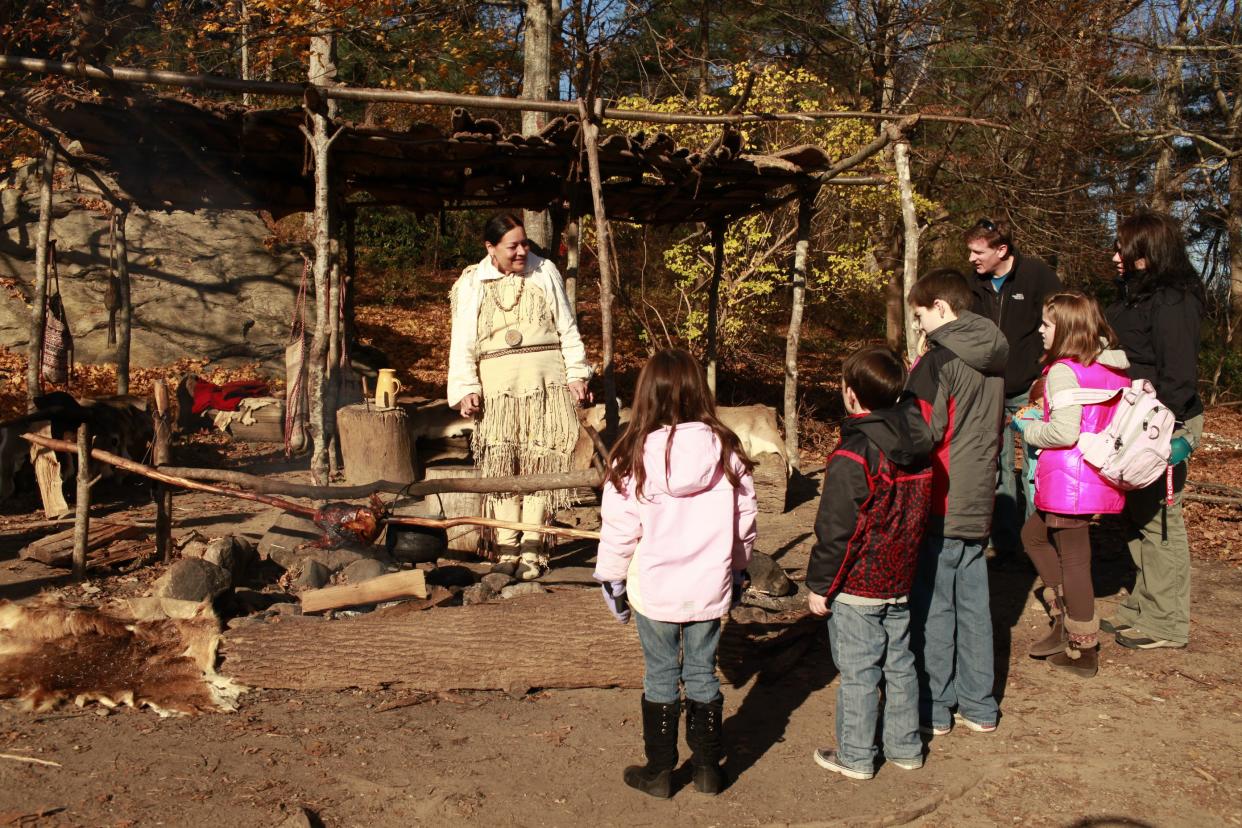
Pumpkins Were Part of the Pilgrim Experience
The Plimoth Patuxet Museums in Plymouth, Massachusetts, notes that pumpkin was certainly known to Pilgrims, a year-round crop they learned of from the Native Americans. “Along with Indian corn, the Pilgrims also grew some beans, pumpkins, wheat, barley, oats and peas in their fields.” For Native Americans, pumpkin and other forms of squash were important food staples that helped them survive long, cold winters, Florida National University experts say.
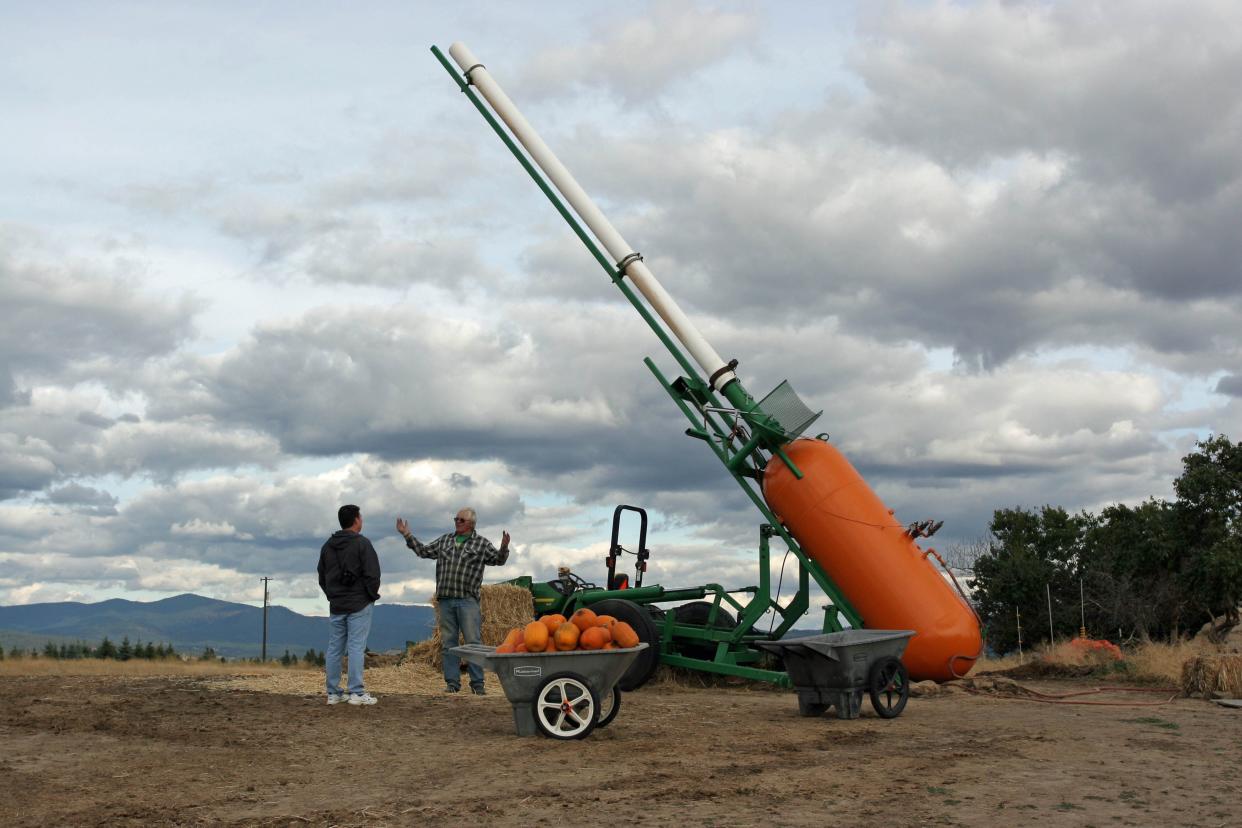
Pumpkins Have Been Tossed (and Catapulted)
Pumpkin chucking is a real thing. The organization PunkinChunkin, which chronicles the “sport” of hurling a pumpkin by mechanical means to win a title, has been active since the 1980s, though it’s weathered some rough times (such as a 2016 accident in Delaware). It's currently looking for a new venue.
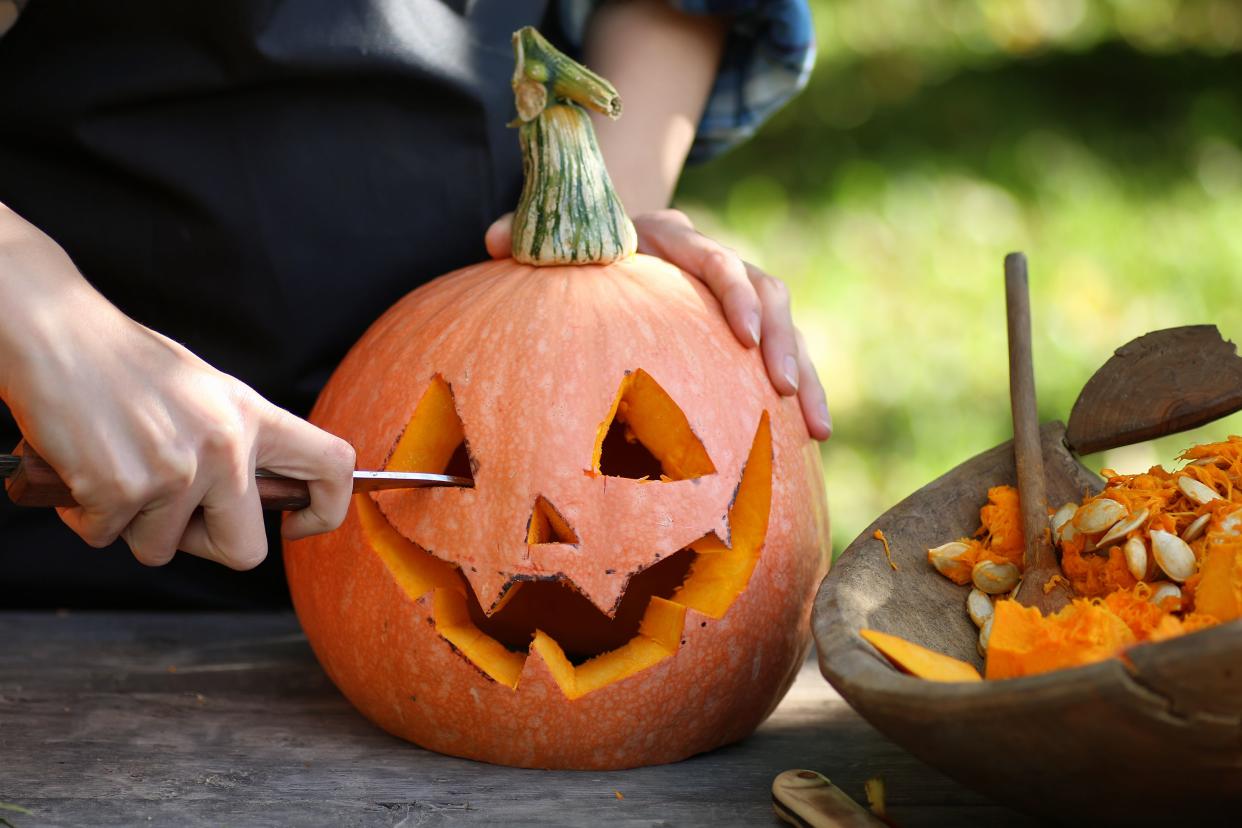
Pumpkins Weren’t the First Jack O’Lanterns
Though there are many legends having to do with the Jack O’Lantern, the classic carved and illuminated pumpkins of today, it’s believed the first of them weren’t even pumpkins. “One theory begins by associating the illumination of a hollowed-out pumpkin with a Celtic pagan practice in which turnips or other root vegetables were hollowed out, carved with grotesque faces, and then illuminated by coal, wooden embers, or candles as a way to ward off evil spirits,” according to Merriam-Webster. Immigrants to America likely found turnips scarce and moved on to pumpkins — and they have been associated with Halloween ever since.
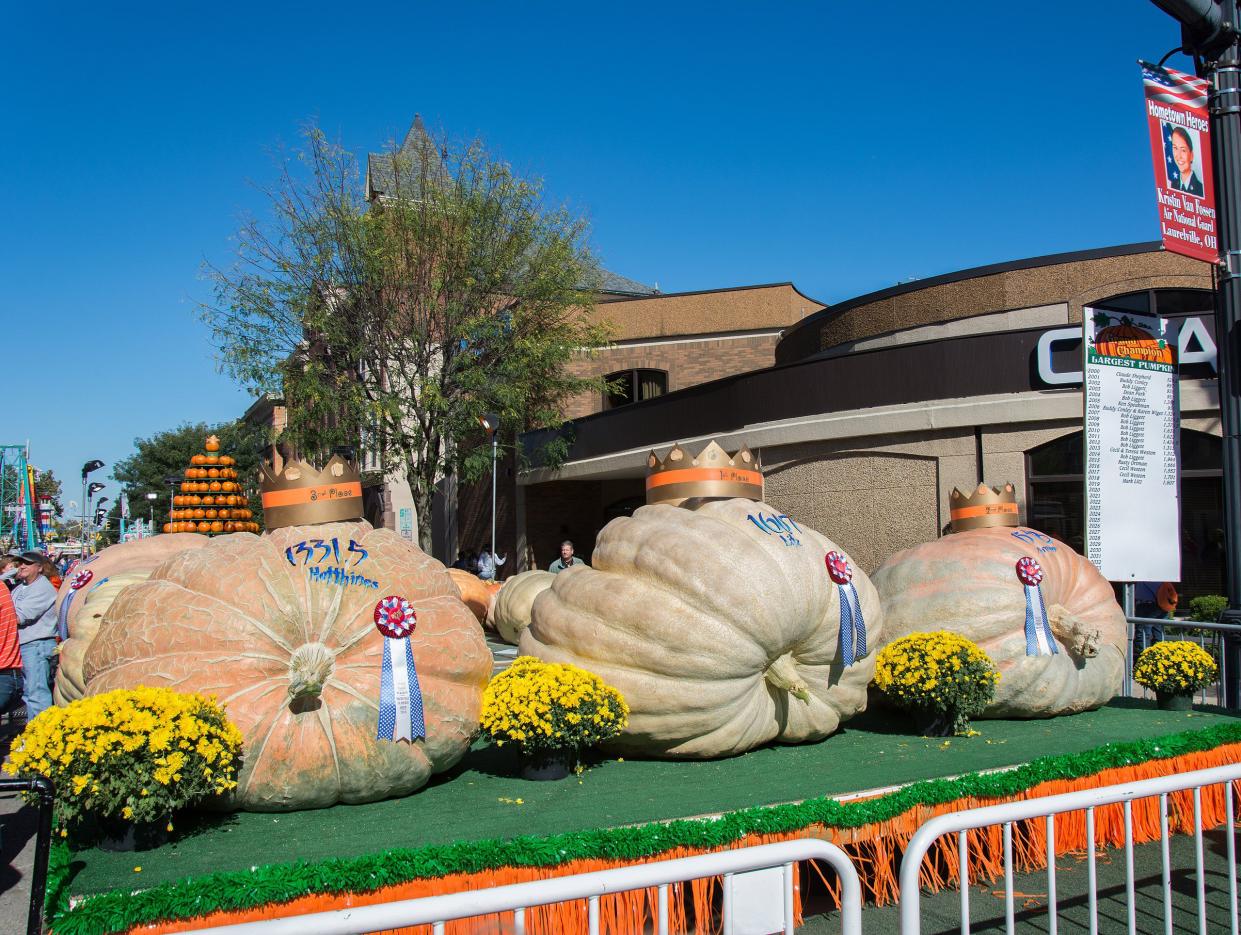
Pumpkins Mean Everything in One Ohio Town
Think you like pumpkins? The 12,000 residents of Circleville, Ohio, might give you a run for your money with its annual Circleville Pumpkin Show, officially held the third Wednesday through Saturday each October (this year Oct. 18-21). Some 400,000 visitors to the event founded in 1903 can expect pumpkin-themed parades, shows, contests, foods, and more in what’s called “The Greatest Free Show on Earth.”
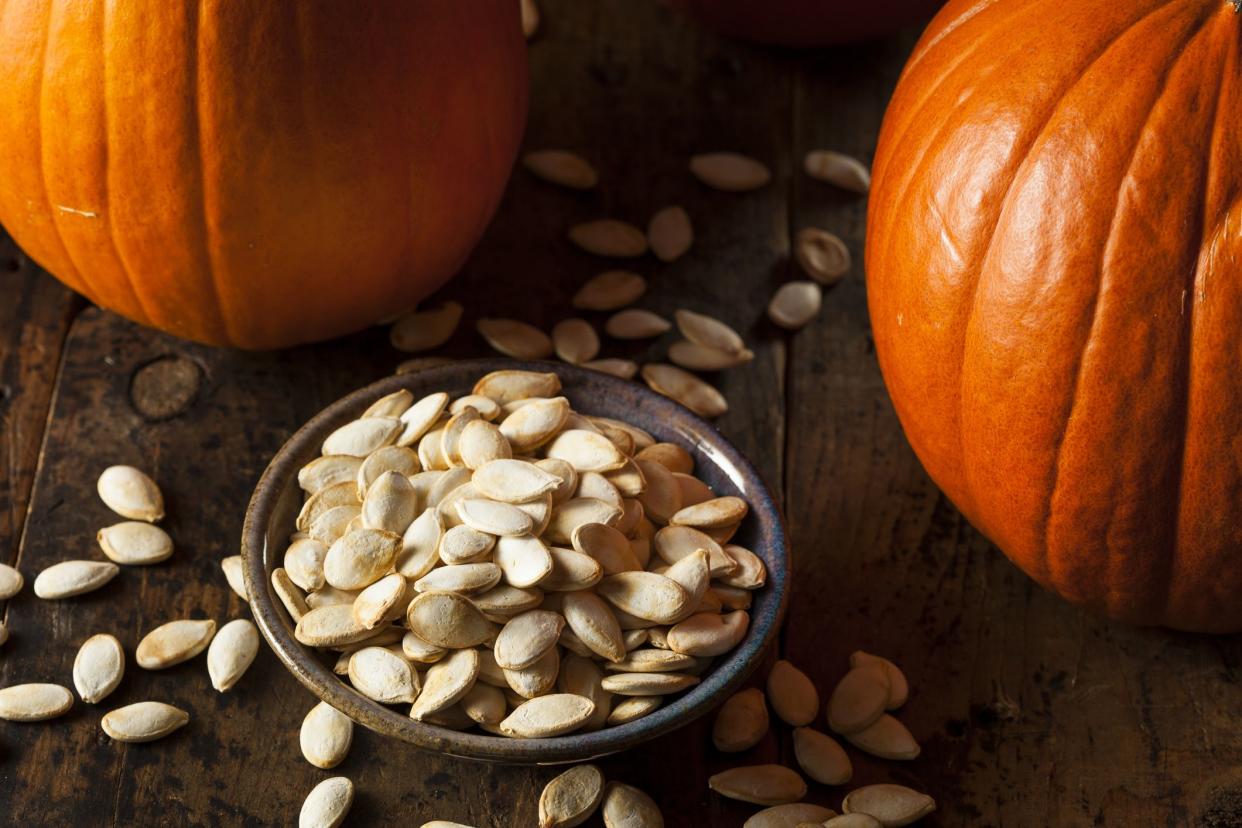
Pumpkin Seeds Are Popular
Pumpkins can contain some 500 seeds that can be roasted and turned into what nutritionist and Wholefully food-blog founder Cassie Johnston calls “a healthy, crunchy snack that is gluten-free, paleo, vegan, and totally delicious.”
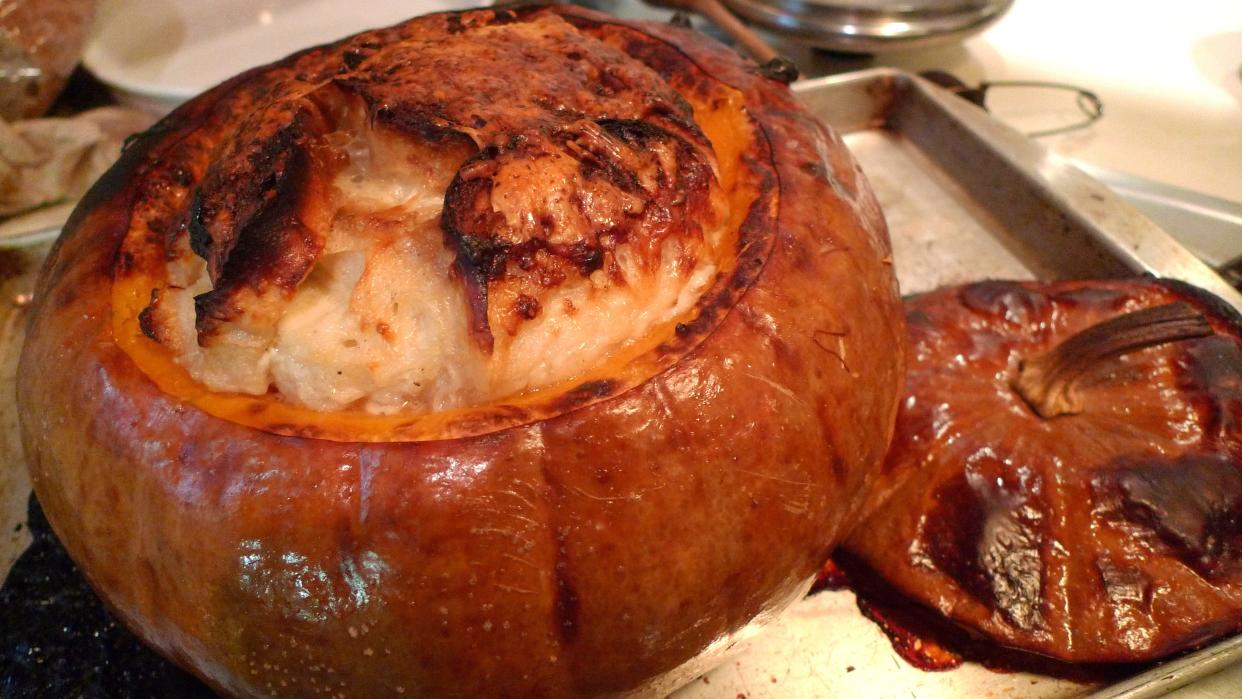
Pumpkin Pie Has Evolved
What we eat today as pumpkin pie is very different from its earliest incarnation. “Pilgrims and early settlers made pumpkin pie by hollowing out a pumpkin, filling the shell with milk, honey and spices and baking it,” Farmers’ Almanac says. What — no crust?
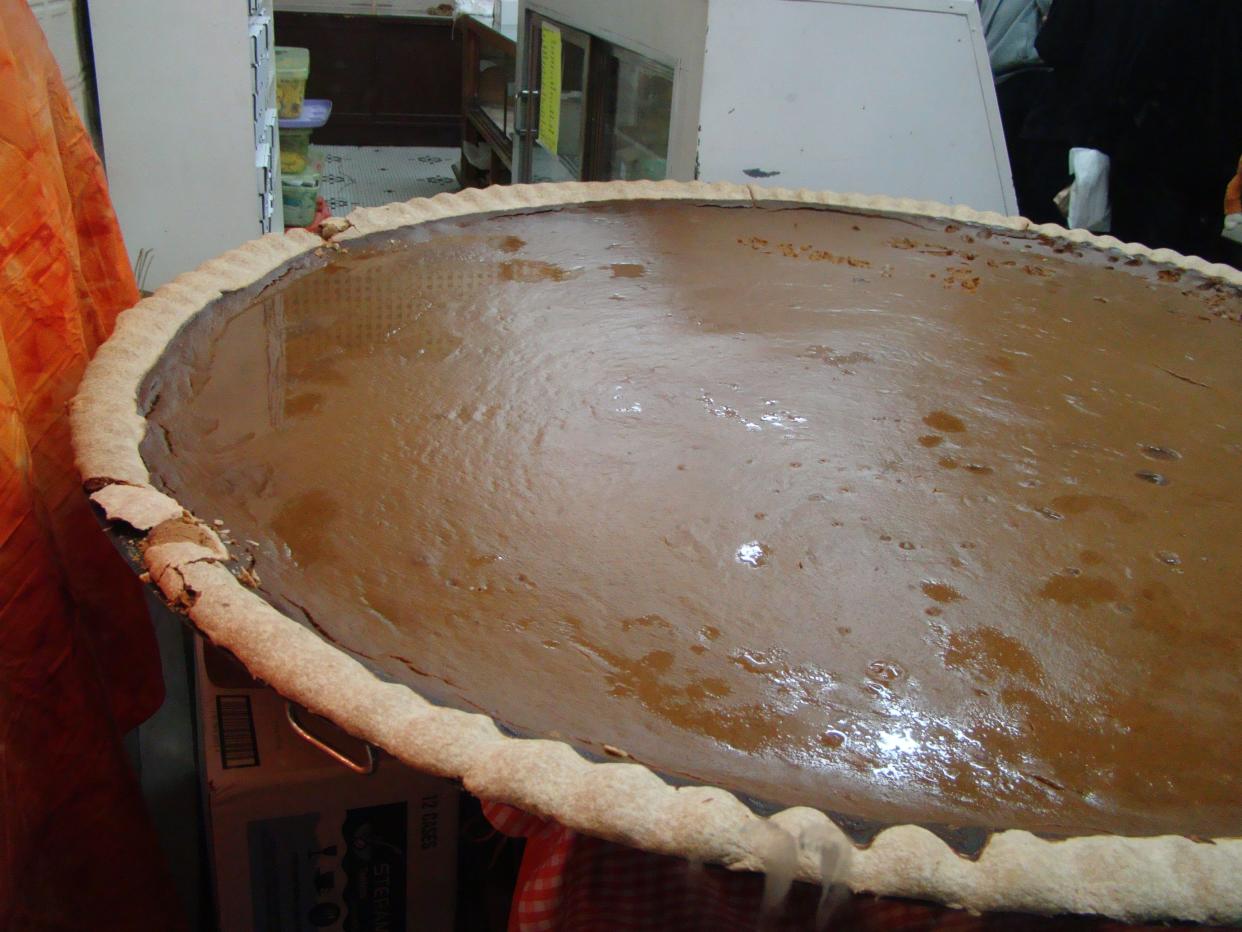
A Pumpkin Pie Set a World Record
If having to bake pumpkin pie for the holidays overwhelms you, just think about the largest pumpkin pie as judged by Guinness: It weighed in at 3,699 pounds. It was made by the New Bremen Giant Pumpkin Growers at the New Bremen Pumpkinfest in New Bremen, Ohio, in 2010. The pie was reportedly 20 feet in diameter and featured a crust made from 440 sheets of dough.

Pumpkin Benefits the Skin
Pumpkin can do wonders for the complexion, helping with anti-aging, fighting free radicals, hair regrowth, and dry skin, according to The New Jersey Vein and Vascular Center.
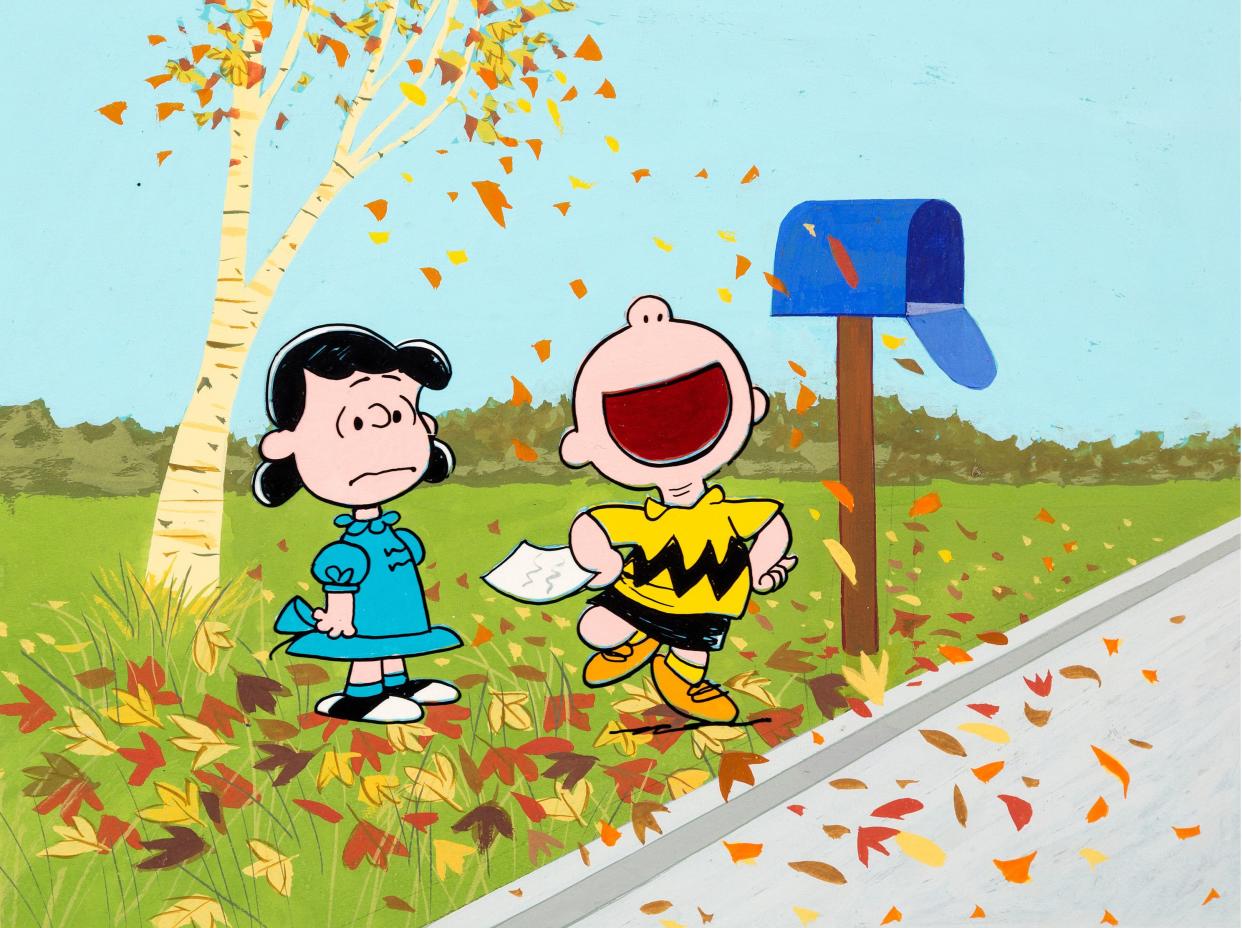
A Pumpkin Is at the Heart of One Holiday Special
Generations have now been tuning in to “It’s the Great Pumpkin, Charlie Brown,” the Charles M. Schulz animated classic that debuted on TV in 1966 about the fall escapades of the beloved “Peanuts” cartoon characters. Today’s families can tune in via Apple TV+, though PBS has aired it in recent years, as well. Team Linus!
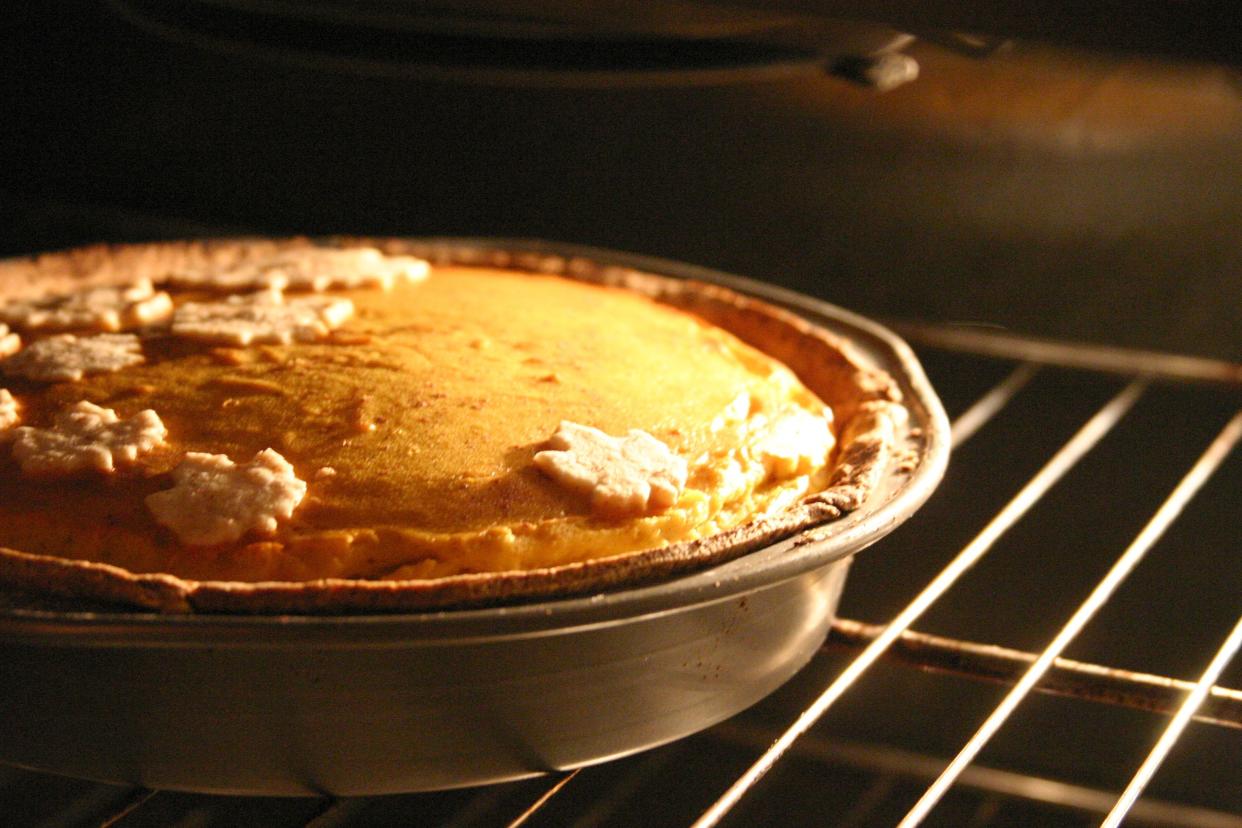
Pumpkin Can Substitute for Eggs
Countless recipes — and, not surprisingly, the Libby’s company, which sells canned pumpkin — note that pumpkin can be used in recipes as a substitute for eggs, oil and butter. Its creamy texture adds depth without the fat or calories.

A Pumpkin Is a Popular Halloween Costume
Dressing up as a pumpkin for Halloween is popular, especially for cute little kids. (A quick Amazon search yields some 20,000 pumpkin costume options).
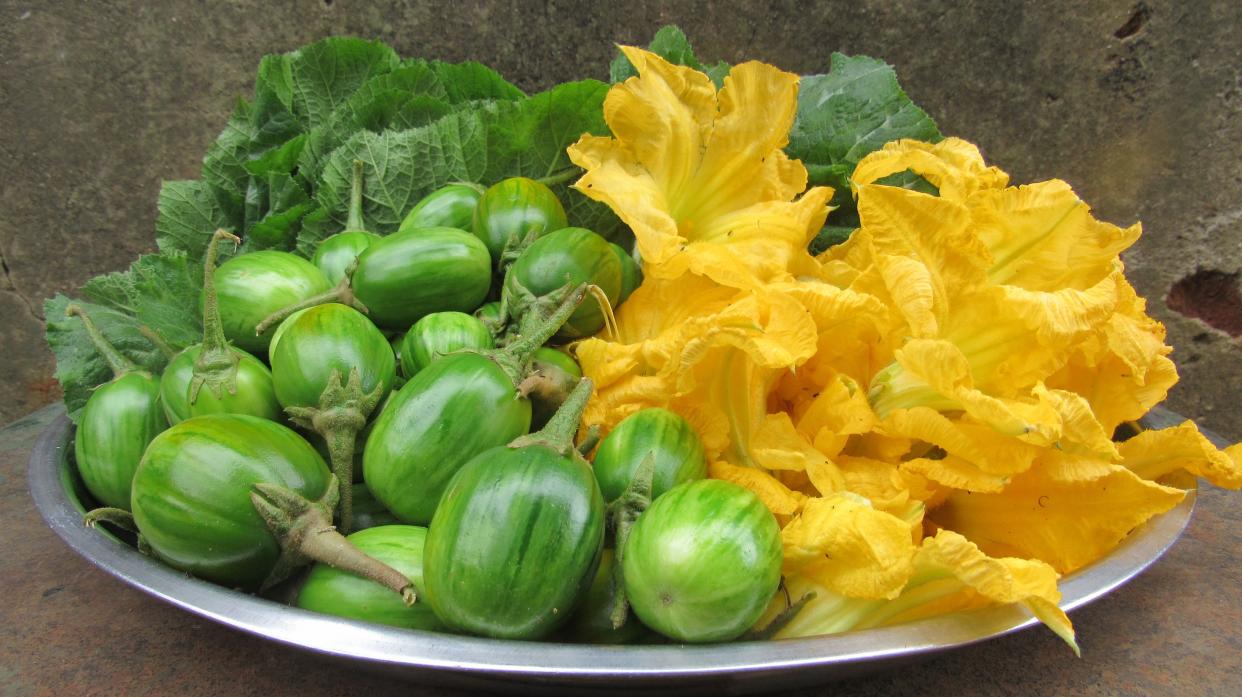
Pumpkin Leaves Are a Delicacy, Too
Pumpkin leaves, with a bit of careful prep to remove the “spiny” elements, are used in cuisines around the world, particularly in West Africa and Korea. The blog What’s For Dinner advises cooks to “treat pumpkin leaves in the way you would prepare spinach or Swiss chard: they can be chopped or shredded, then added to soups, sauces, stews, and other sishebos, and they’re also great in crunchy fresh stir-fries.”
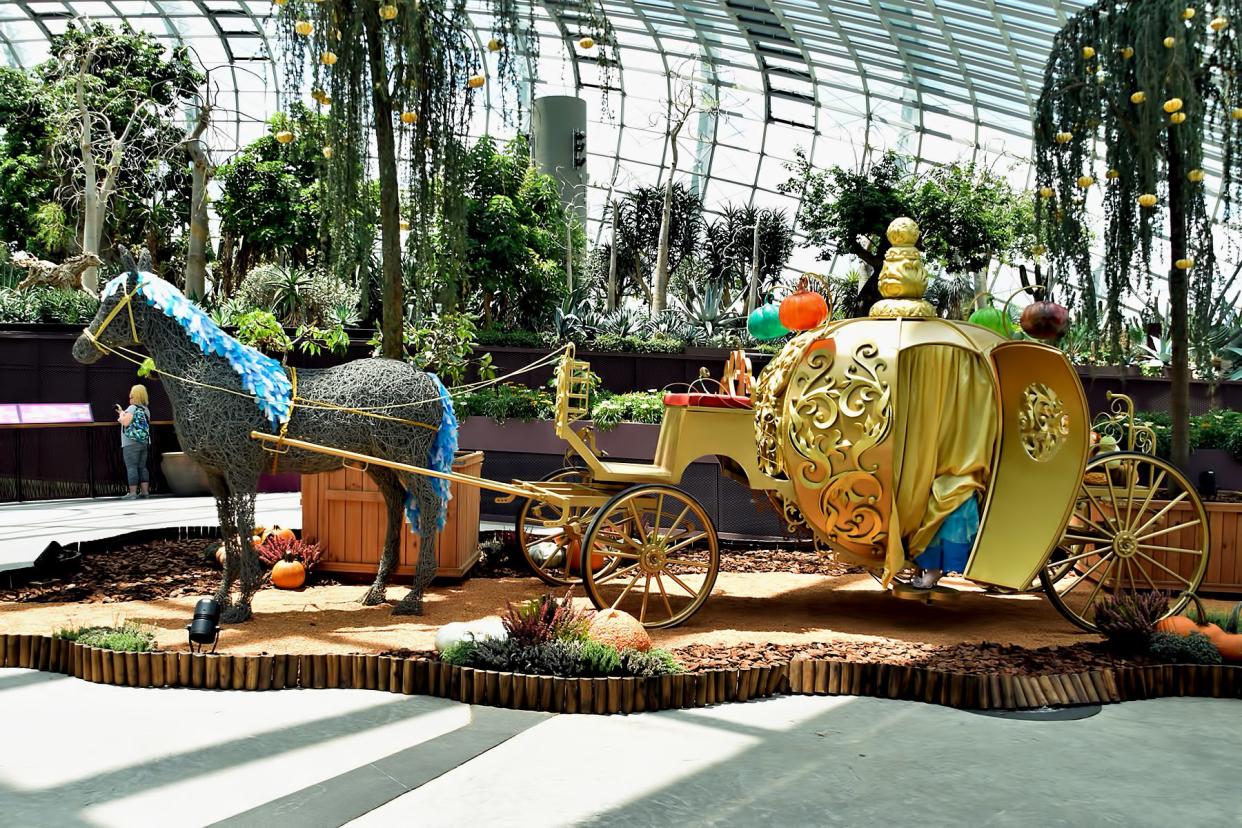
A Pumpkin Is Central to One Fairy Tale
The story of “Cinderella” features a pumpkin prominently: Cinderella’s fairy godmother takes a dull old pumpkin and turns it into a fanciful carriage to ride to the palace ball. At midnight, though, everything returns to normal, with the carriage suddenly losing its magic. When you’ve had it for the night and are ready for sleep, you’re “turning into a pumpkin.”
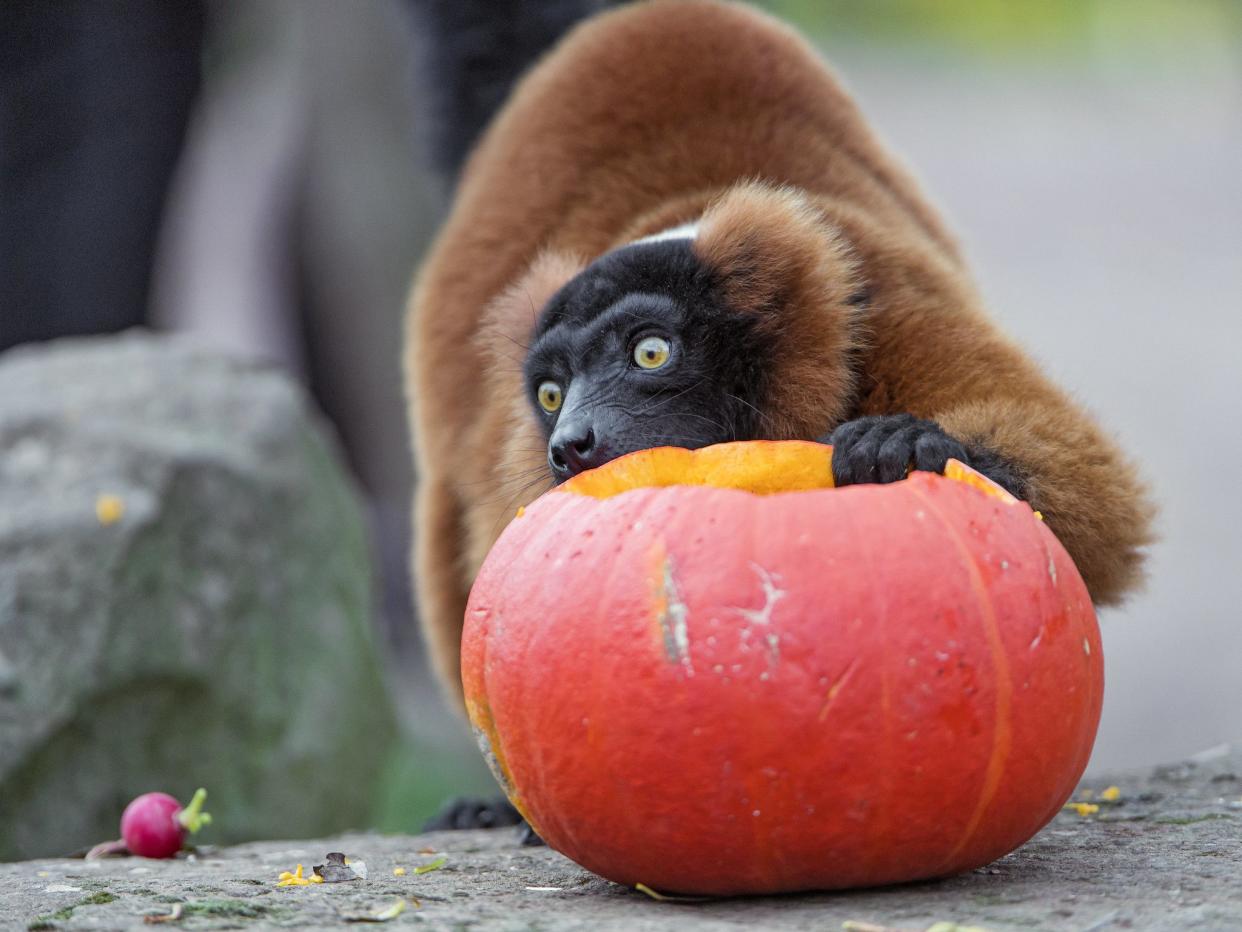
Wild Animals Love Pumpkins
If you find your Halloween display rifled by backyard creatures, don’t be surprised. Squirrels, deer, porcupines, opossums, and raccoons have been known to consider these holiday display nothing more than a snack. Pumpkins are also fed to zoo animals, according to Nature.org.
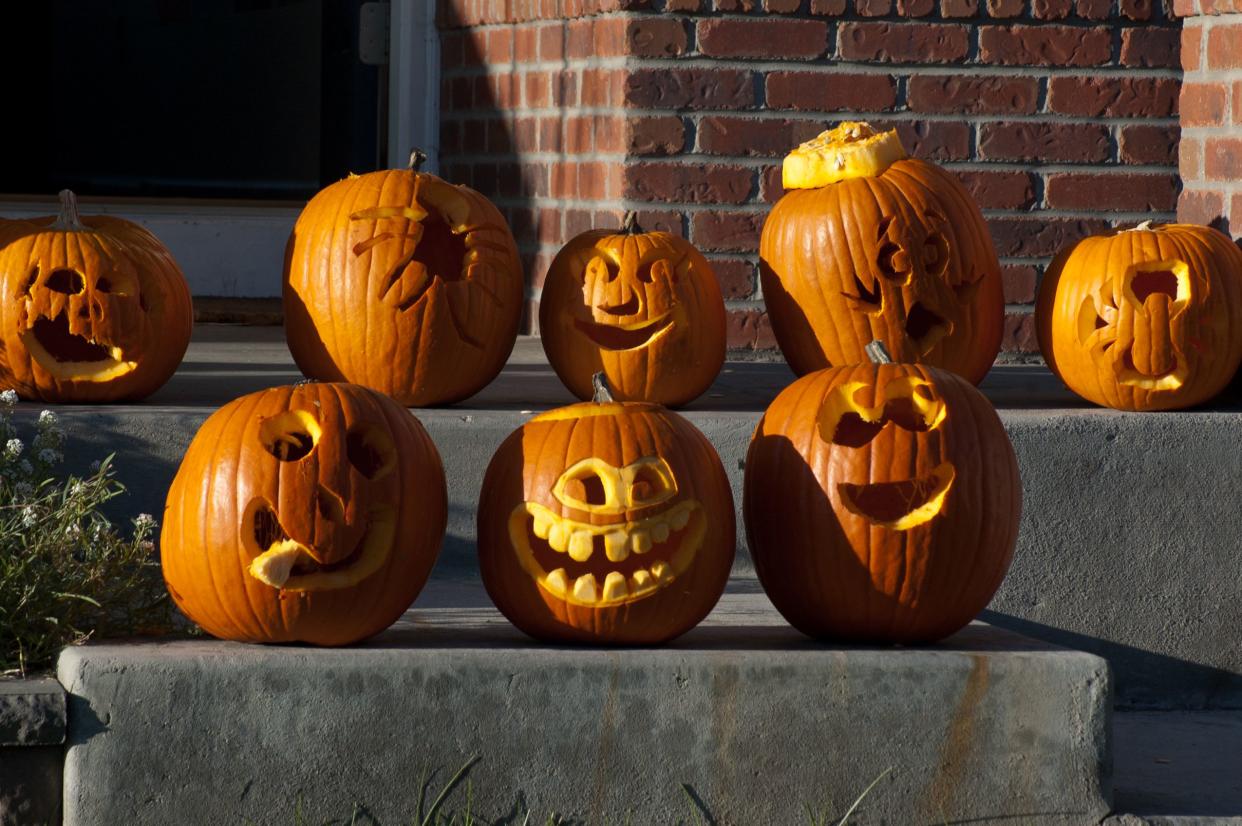
Pumpkin Carving Is Its Own Industry
Some people simply display their pumpkins amid mums and other seasonal decorations, but for those who carve, it’s serious business. There are tools to buy (such as Target’s Hyde & EEK! Boutique’s Halloween Pumpkin Carving Party Kit, $10) and TV shows to watch (“Outrageous Pumpkins” on the Food Network) for inspiration.
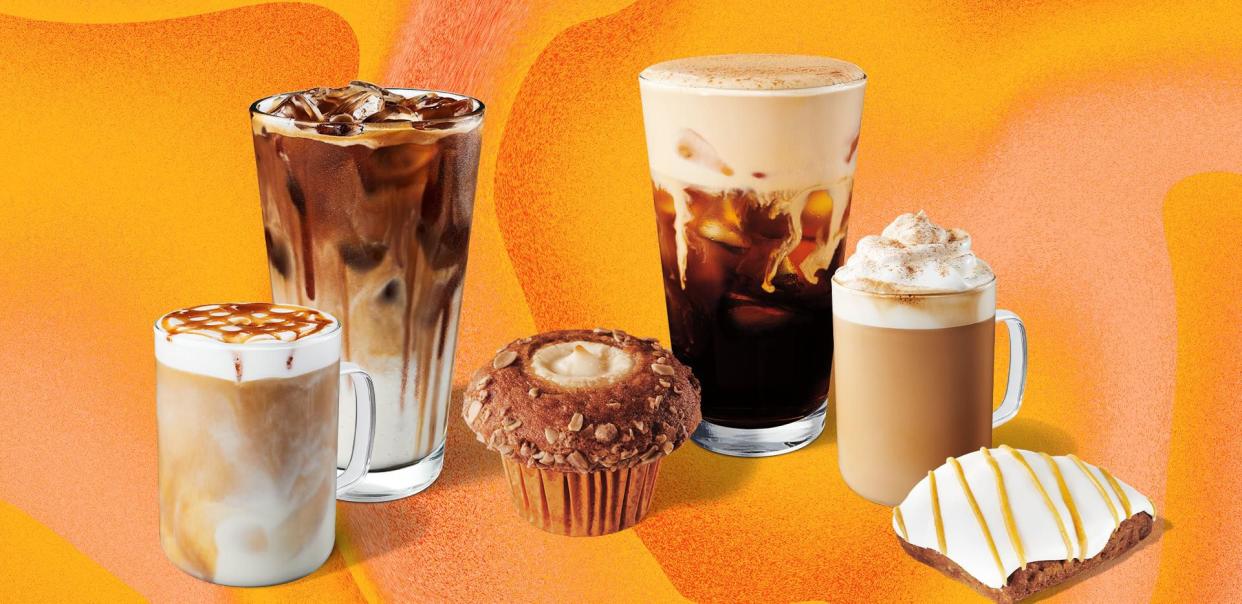
Pumpkin Debuts Are News
Starbucks and Dunkin debuting their pumpkin-spiced drinks each season is a frenzy, with fans lining up to get their first tastes. Starbucks created its pumpkin spice drinks in 2003, though AllRecipes argues that it deserves little credit for the fad: “The truth is, we don't love pumpkin spice because of its taste, but because of its smell – and even more than that, because it's nostalgic.”
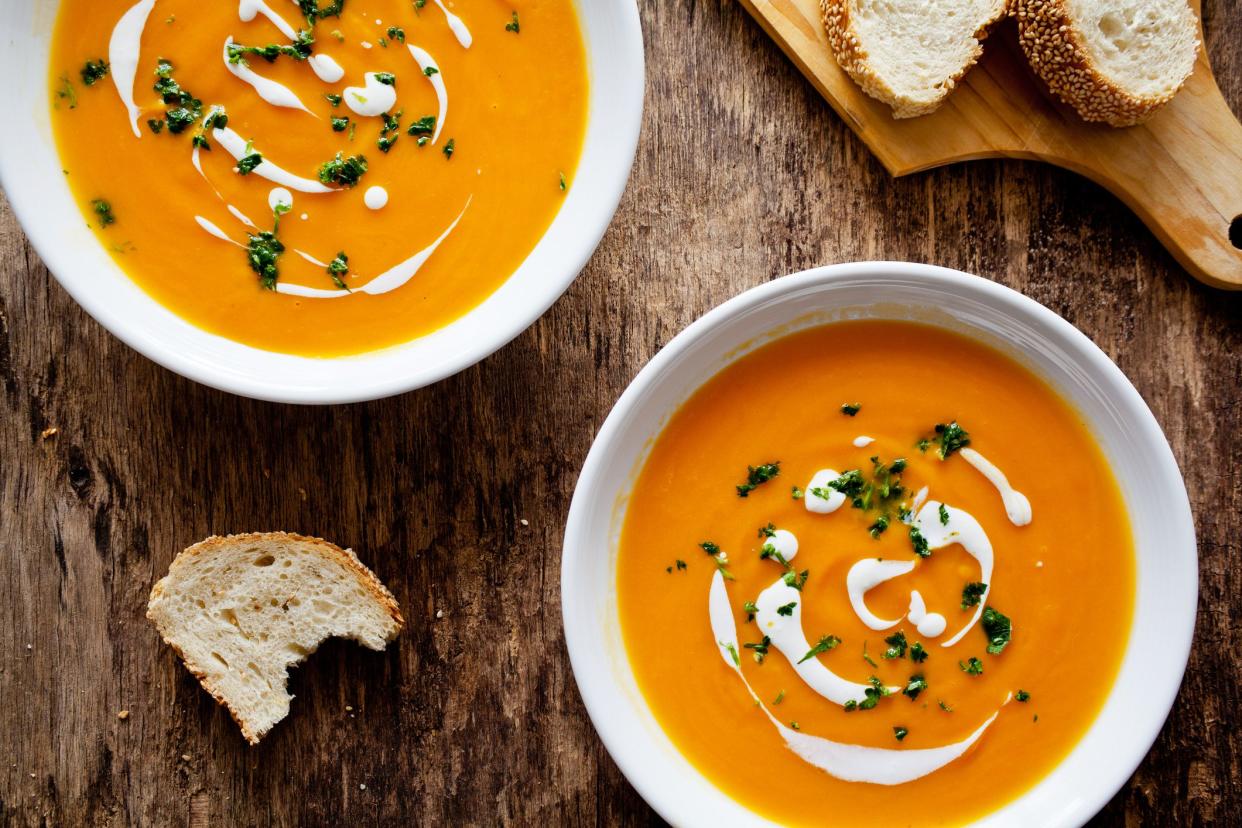
Pumpkin Recipes Are Never-Ending
Recipes featuring pumpkin are favorites in many kitchens. Whether using treasured family recipes or more contemporary takes, there is no shortage of ways to prepare pumpkin pie, pumpkin bread, pumpkin soup, pumpkin chili, or even Five-Spice Roasted Pork with Brown Butter-Pumpkin Sauce.

Pumpkin Is a Term of Endearment
Ever been called a pumpkin? Don’t be insulted. In a post dedicated to Valentine’s Day, the Collins Language Lovers notes that the term is a term of endearment “similar to ‘sweetheart’ or ‘darling.’”






